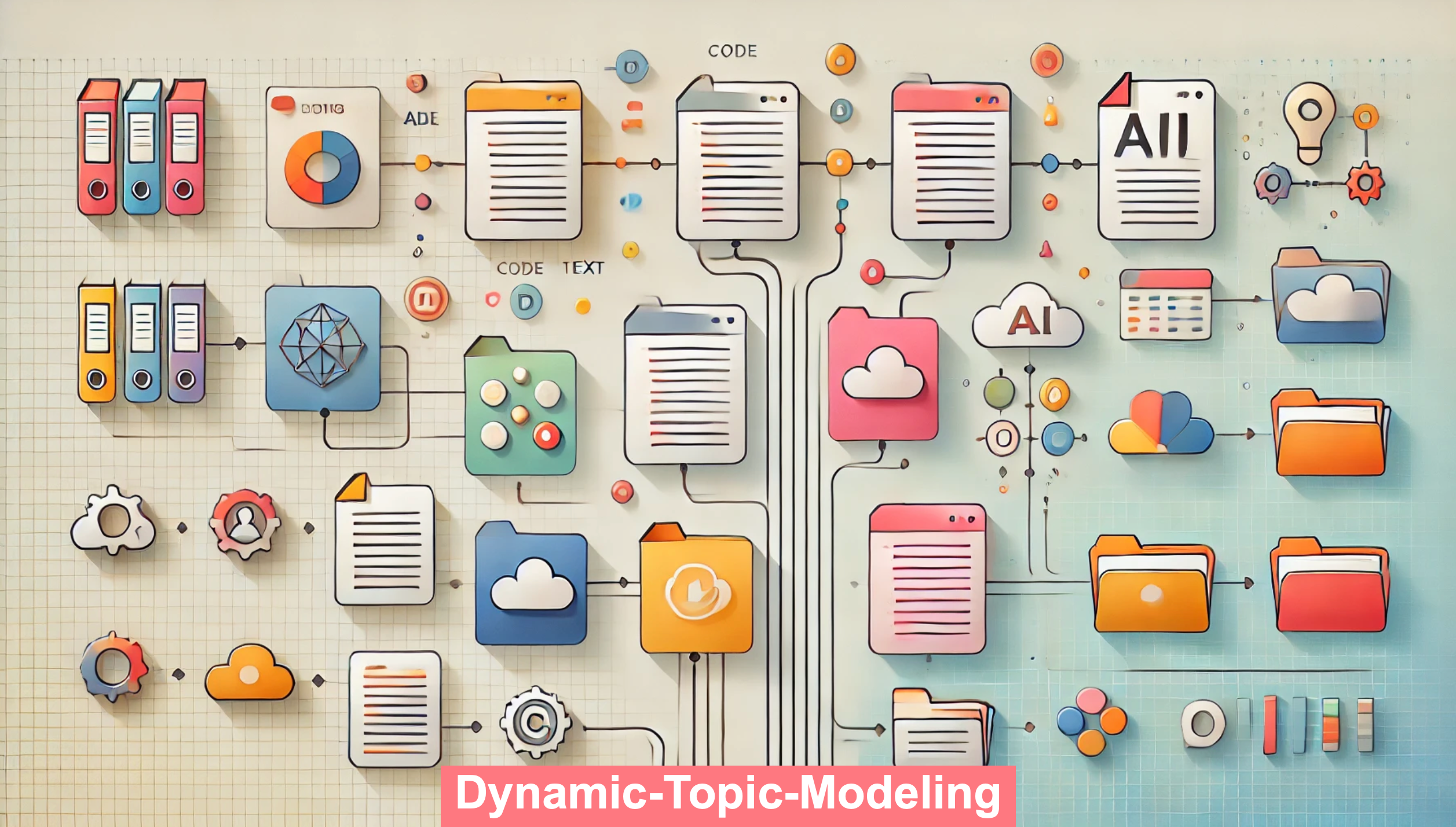Quick Links: Dataset on HuggingFace

The Topic Modeling Challenge
You know that feeling when you have 50 browser tabs open, and you’re desperately trying to organize them into bookmark folders? “ML Papers To Read,” “Funny Cat Videos,” “Recipes I’ll Never Make”… We all have our system. And apparently, it’s such a universal problem that every tech company is launching their own solution - Arc Browser with its “Spaces,” Chrome with its tab groups, and about 500 extensions promising to color-code your digital hoarding habits into submission.
Now imagine doing this with millions of documents - that’s basically what topic modeling is about. And if you’re like me, your bookmark folders have subfolders, which have more subfolders (yes, I may have a problem), because sometimes “ML Papers” needs to be split into “Transformers,” “Computer Vision,” and “That One Attention Is All You Need Paper That Everyone References But Only Read The Abstract And Figure 3” (you know exactly which paper I’m talking about).
That’s where dynamic topic modeling comes in - it’s like having an AI assistant that not only organizes your content into folders but also creates a hierarchy that actually makes sense. No more “Misc” folders with 500 unrelated bookmarks! See, working with large text collections presents a unique challenge: how do you effectively understand and organize content at scale? Traditional approaches like LDA (Latent Dirichlet Allocation) often fall short, producing cryptic word clusters that require significant human interpretation. Meanwhile, newer transformer-based approaches demand substantial computational resources. That’s where I’d like to introduce: Dynamic-Topic-RedPajama-Data-1T-100k-SubSample-max-1k-tokens, a dataset for dyanmic topic modeling.
A Different Approach to Topic Modeling
This project introduces a unique solution: a hierarchical topic modeling dataset built on a subset of RedPajama. Instead of relying solely on statistical methods, I leveraged the semantic understanding capabilities of language models to create rich, multi-level topic annotations.
The result? A dataset featuring:
- 100,000 diverse text samples
- Three levels of topic granularity
- Rich topic diversity with:
- 25,178 distinct level-1 topics (broad categories)
- 71,024 distinct level-2 topics (specific domains)
- 92,568 distinct level-3 topics (detailed subjects)
How It Works
The process involved several key steps:
-
Data Selection: Carefully sampled 100k documents from RedPajama, ensuring representation across different content types.
-
Preprocessing:
def prepare_document(text):
encoded = tokenizer(text, truncation=True,
max_length=1024)
return encoded
- Topic Generation: Used GPT-4o-mini to generate hierarchical topics:
{
"text": "Original document text...",
"topic_level_1": "Academic Research",
"topic_level_2": "Machine Learning Applications",
"topic_level_3": "Neural Network Architectures for NLP"
}
Why This Matters
This dataset addresses several key needs:
-
Research Reproducibility: Provides a standardized dataset for benchmarking dyanmic topic modeling approaches
-
Hierarchical Understanding: Enables analysis at multiple levels of granularity
-
Training Data: Perfect for fine-tuning smaller models for topic prediction. Previously, I’ve worked on transformer-models for dynamic topic-modeling, however, lacked a well-defined dataset which this fills.
-
Content Organization: Helps build better document classification systems
Practical Applications
Because who doesn’t love a good TL;DR:
- Model Training: Teaching smaller models to be topic-spotting ninjas
- Content Analysis: Finally figuring out what’s in those 10,000 open browser tabs
- Memory Optimization: Making large-scale topic modeling possible without setting your laptop on fire
- Hierarchical Relations: Building family trees for topics (minus the awkward reunions)
- Cross-Domain Analysis: Understanding how topics relate across different fields (spoiler: everything eventually leads to cats)
Future Directions
The fun doesn’t stop here:
- Cross-lingual Extension: Teaching AI to be multilingual without using Google Translate
- Temporal Analysis: Understanding how topics evolve (like fashion, but for words)
- Domain Adaptation: Making the model work everywhere from Shakespeare to TikTok comments
- Real-time Processing: Topic modeling at the speed of Twitter drama
- Interactive Visualization: Making pretty graphs that actually mean something
The Path Forward
The dataset demonstrates the power of combining traditional NLP techniques with modern language models. Whether you’re building a document classification system, conducting research, or just exploring topic modeling, this dataset can provide a solid foundation for dynamic topic generation.
P.S. If you’re also obsessed with making sense of text data or just want to share your own “teaching AI to read” horror stories, hit me up at amanpriyanshusms2001[at]gmail[dot]com. Let’s make topic modeling fun again! 🚀🤖📚